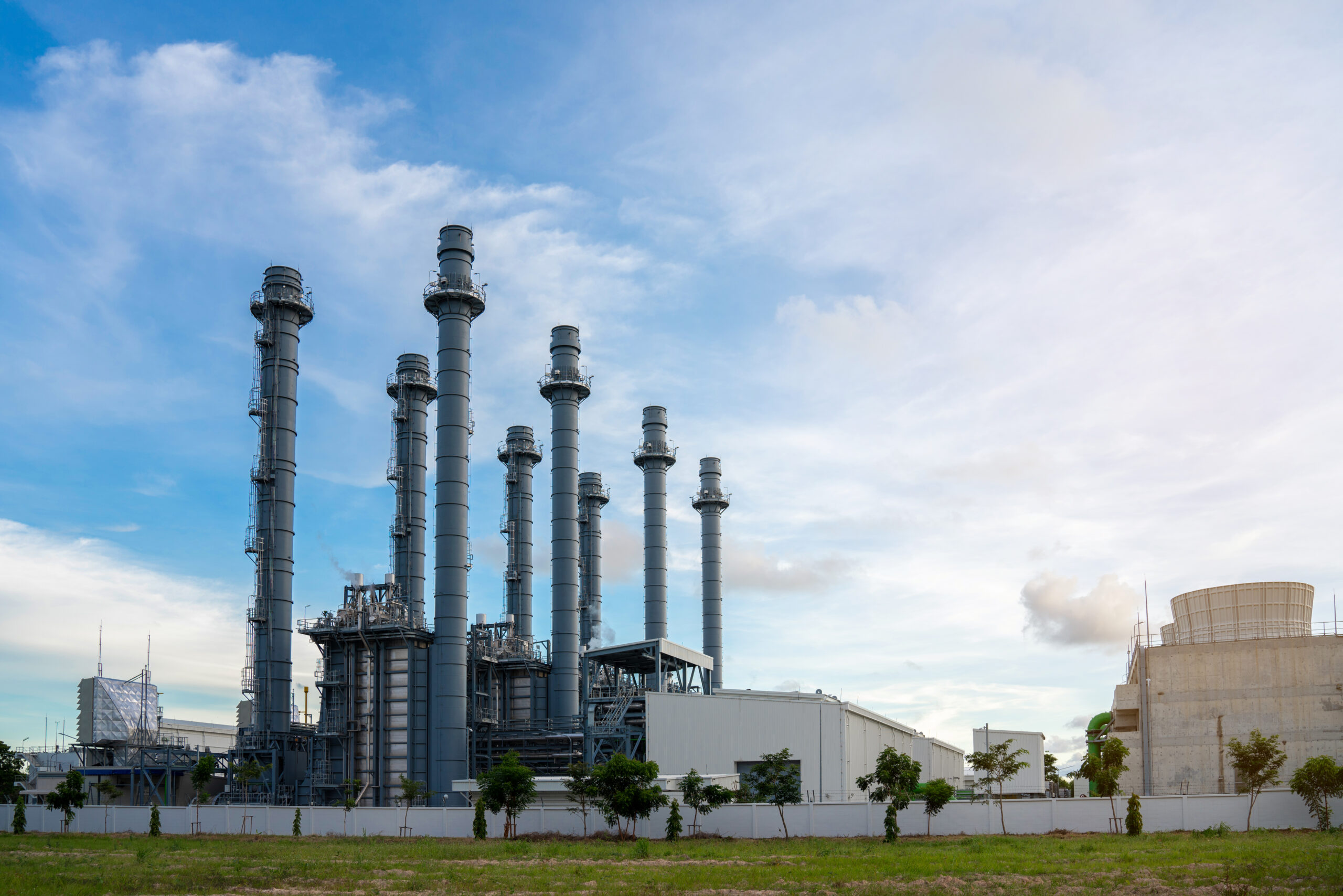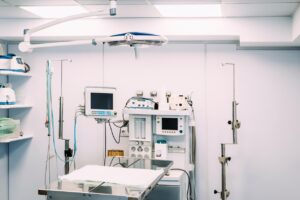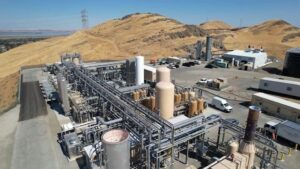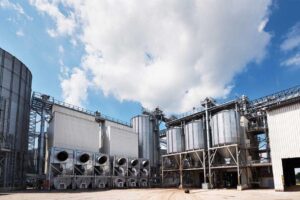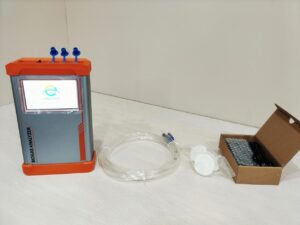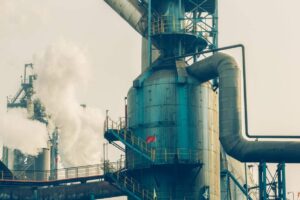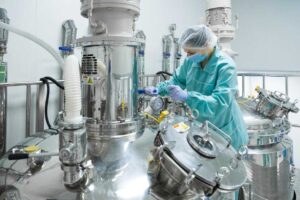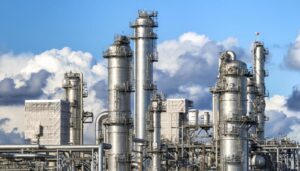Inaccurate emission readings from an uncalibrated flue gas analyzer can lead to costly errors, compliance issues, and even safety hazards. Regular calibration is essential to ensure the accuracy and reliability of emissions data. It helps industries meet regulatory standards and maintain safe, efficient operations.
Generally, it’s recommended to calibrate a flue gas analyzer at least once a year. However, factors such as usage frequency, operating conditions, and equipment type can require adjustments to this frequency. A regular calibration schedule helps maintain data accuracy, uphold regulatory compliance, and extend the equipment’s life. This ultimately saves costs in the long run.
Understanding how often a flue gas analyzer needs calibration depends on several variables. In this article, we’ll explore the key factors affecting calibration frequency. We will also look at the risks of insufficient calibration, signs that indicate the need for recalibration, and how different types of analyzers might require different intervals.
What Factors Affect the Calibration Frequency of a Flue Gas Analyzer?
Ignoring environmental and operational factors when calibrating a flue gas analyzer can lead to inaccurate results and unreliable data. The frequency at which an analyzer needs to be calibrated depends heavily on the environment in which it operates. Additionally, the frequency and intensity of its use matter.
Extreme temperatures, high humidity, and dust or chemical contaminants in the air can impact sensor sensitivity and lead to measurement drift. For example, analyzers operating in industrial settings with fluctuating temperatures or high particulate matter may require more frequent calibration than those in stable environments. Certain environments can accelerate sensor degradation, which can affect the analyzer’s accuracy over time.
Analyzers used heavily or continuously will experience more wear and tear on their sensors, which can lead to faster degradation and a need for more frequent calibration. For instance, an analyzer used daily in high-demand operations like continuous emissions monitoring (CEM) may need calibration every three to six months, whereas one used periodically may only require annual calibration.
Different jurisdictions have specific calibration frequency requirements for emission monitoring. For industries regulated by strict emission control standards, following these calibration guidelines is crucial for maintaining compliance. For instance, environmental agencies often require companies to provide periodic calibration records as proof of compliance with emission standards.
Each manufacturer provides specific calibration guidelines based on the analyzer’s design, sensor type, and intended use. Adhering to these recommendations ensures that the equipment performs as expected and that warranty terms are upheld. Manufacturers typically recommend annual calibration, but in certain high-use scenarios, they may suggest more frequent checks.
Understanding and evaluating these factors helps determine an appropriate calibration frequency to maintain optimal analyzer performance and data reliability.
What Are the Risks of Insufficient Calibration?
Operating a flue gas analyzer without regular calibration can lead to serious risks, including unreliable emissions data and regulatory fines. Ensuring that an analyzer remains accurate through regular calibration is critical for both safety and compliance.
- Inaccurate Emission Readings: Insufficient calibration can result in inaccurate emission data, which may go undetected until it’s too late. Misreporting emissions could lead to penalties if a company inadvertently exceeds permitted emission levels. In some cases, inaccurate data can even lead to unnecessary operational adjustments or shutdowns.
- Regulatory Non-Compliance: In industries like power generation, manufacturing, and waste processing, emission standards are strictly regulated. If calibration is not performed at the recommended intervals, companies may fail to meet regulatory requirements
,.riskingThis risks non-compliance fines, legal liabilities, or operational restrictions. Many environmental regulations stipulate strict calibration records that are periodically audited. - Increased Maintenance and Replacement Costs: Uncalibrated analyzers often experience more wear on their components, leading to increased maintenance costs. Over time, lack of calibration can shorten the lifespan of sensors and other critical components
,.resultingThis can result in the need for costly repairs or replacements sooner than expected. - Safety Hazards: Flue gas analyzers play a critical role in detecting hazardous gases
,.and insufficientInsufficient calibration can compromise this function. Inaccurate readings of toxic gases, such as carbon monoxide (CO) or sulfur dioxide (SO₂), pose significant health and safety risks to workers and surrounding communities.
Regular calibration mitigates these risks by ensuring accurate measurements, prolonging equipment life, and safeguarding personnel and compliance.
How Can You Tell If a Flue Gas Analyzer Needs Calibration?
Several indicators signal that a flue gas analyzer may require recalibration before its scheduled date. Recognizing these signs early on can help prevent data inaccuracies and operational disruptions.
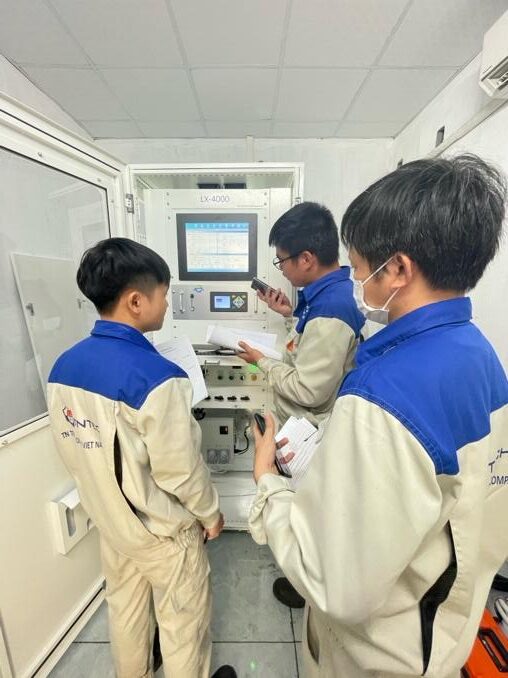
Our technical team helps customers calibrate CEMS systems
Data Drift or Irregular Readings
If the analyzer shows gradual or sudden shifts in measurement results, especially if other data sources or historical records contradict these readings, it’s often a sign that calibration is needed. Data drift is common as sensors age, and regular checks are essential to keep measurements accurate.
Frequent Error Messages or Alarms
Modern flue gas analyzers often have built-in diagnostics that alert operators to potential issues. Frequent warnings or errors could indicate that the analyzer’s sensors or calibration settings are out of sync. These alerts should not be ignored, as they often precede more serious data inaccuracies.
Routine Inspections and Maintenance Findings
Scheduled maintenance or visual inspections may reveal physical signs of wear, sensor degradation, or component corrosion that can affect the analyzer’s performance. Maintenance personnel should look for signs of contamination, such as dust or soot buildup on sensors, which may necessitate an unscheduled calibration.
Regulatory Testing Failures
If the analyzer fails a regulatory audit or verification test, it’s a clear indicator that recalibration is required. Regularly verifying calibration accuracy against known standards is key to passing compliance checks and maintaining operational certifications.
Monitoring these signs can help operators identify when recalibration is necessary, keeping the analyzer’s measurements reliable and within regulatory requirements.
Do Calibration Intervals Vary Between Different Types of Flue Gas Analyzers?
Calibration intervals can vary significantly between portable and fixed flue gas analyzers,. each of which operates in different environments and under different usage patterns. Each of these operates in different environments and under different usage patterns.</strong> Following the manufacturer’s guidelines specific to each analyzer type is essential for optimal calibration.
- Portable Flue Gas Analyzers: These are often used across different locations and conditions
,.whichThis exposes them to varying temperatures, humidity levels, and contaminants. As a result, portable analyzers may require more frequent calibration to maintain accuracy. For instance, some manufacturers recommend calibrating portable units every three months, especially when used in rugged or industrial environments. - Fixed Flue Gas Analyzers: Typically installed in stable, controlled settings, fixed analyzers are less affected by environmental changes
,.whichThis can extend their calibration intervals. In many cases, annual calibration is sufficient for fixed analyzers,.thoughHowever, industries with stringent compliance standards may still conduct more frequent checks. - Multi-Parameter Analyzers vs. Single Gas Analyzers: Analyzers that measure multiple gases or have complex sensor arrays may require more frequent calibration than single-gas analyzers. Each sensor within a multi-gas analyzer has unique calibration needs
,.and recalibratingRecalibrating one sensor does not guarantee accuracy across all parameters.
Whether portable or fixed, following a tailored calibration schedule is key. This should be based on the analyzer’s type, environmental exposure, and operational demands is key to achievingachieve reliable measurements and long-lasting performance.
Calibration of Our Flue Gas Analysers
The interface displays ventilation time and a reset button. The reset button is used to make the current time return to zero and can be used for calibration timing.
Zeroing
The interface displays ventilation time and a reset button. The reset button is used to make the current time return to zero and monitor ventilation time.
Procedure:
Step 1: On the main interface, click “Maintain” to enter the maintenance interface.
Step 2: Click “Zero” and choose the corresponding zeroing modes, as shown below.
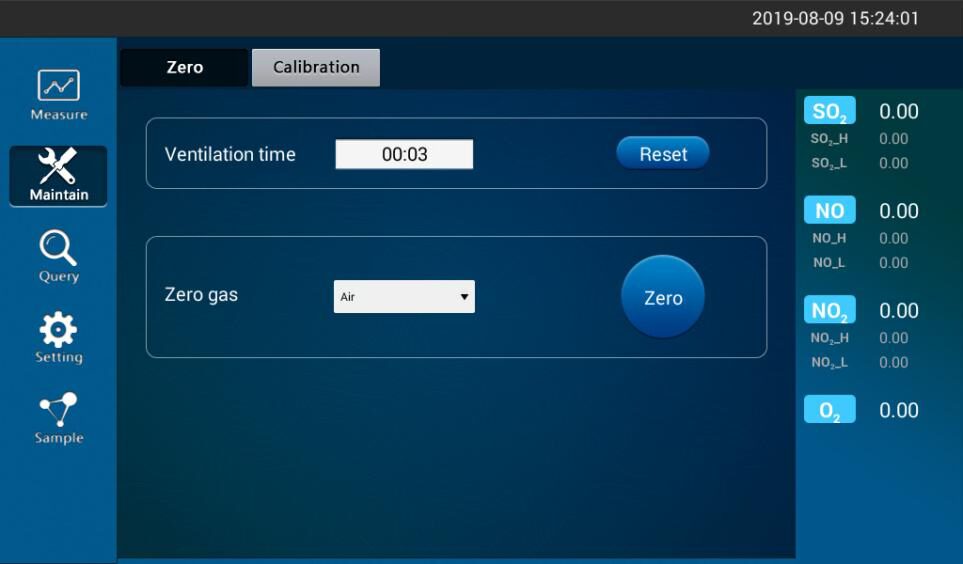
Step 3: After selecting the gas type, press the “Zero” button and a prompt will pop up, as shown below. Choose “Yes” to conduct zeroing.
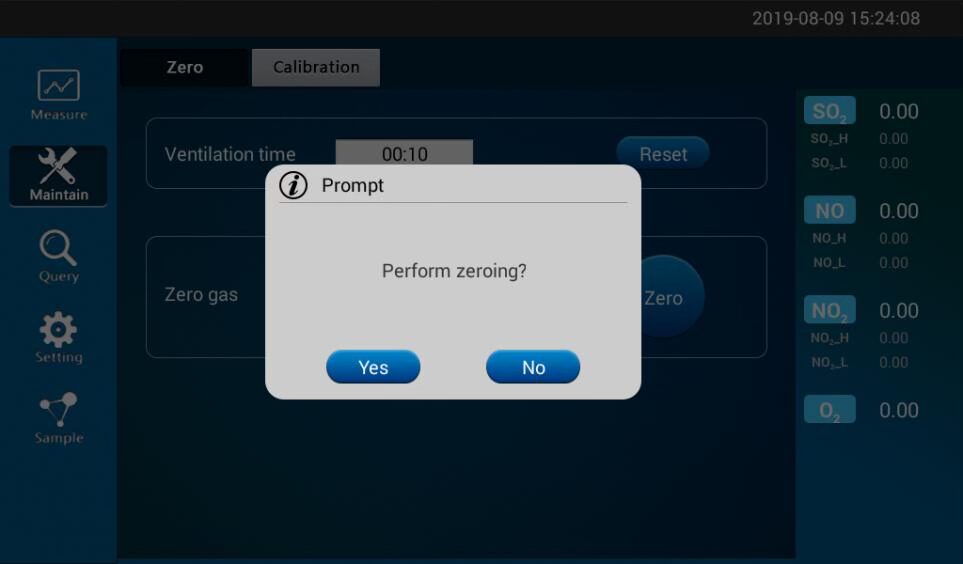
Calibration
Procedure:
Step 1: On the main interface, click “Maintain” to enter the maintenance interface.
Step 2: Click “Calibration” and choose the corresponding standard gas type.
Step 3: According to requirements, set standard gas concentration and choose the unit, as shown below.
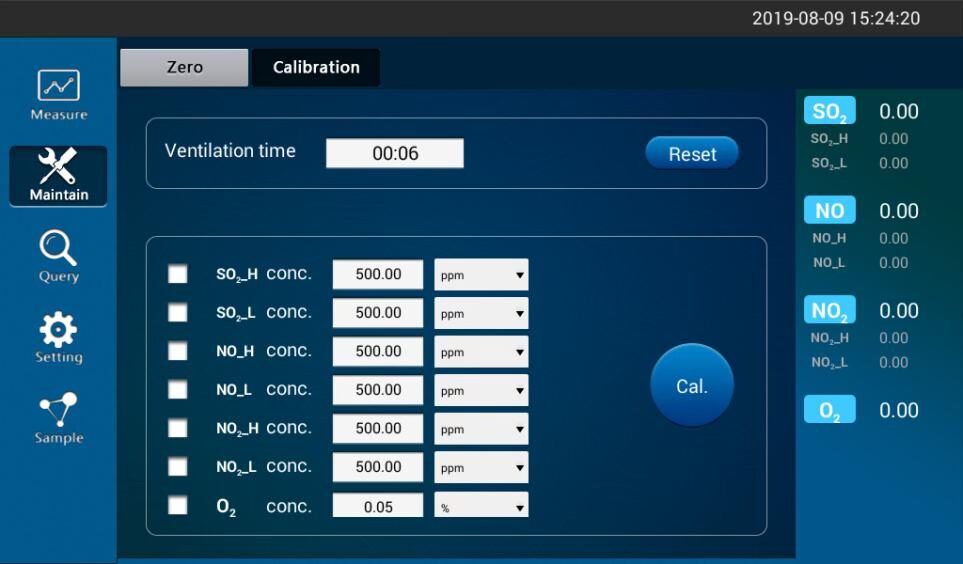
Step 4: Wait until the concentration displayed on the right side of the interface stabilizes,. chooseChoose gas, set concentration, and press “Cal.” Button. Click “Yes” on the prompt to conduct calibration, as shown below.
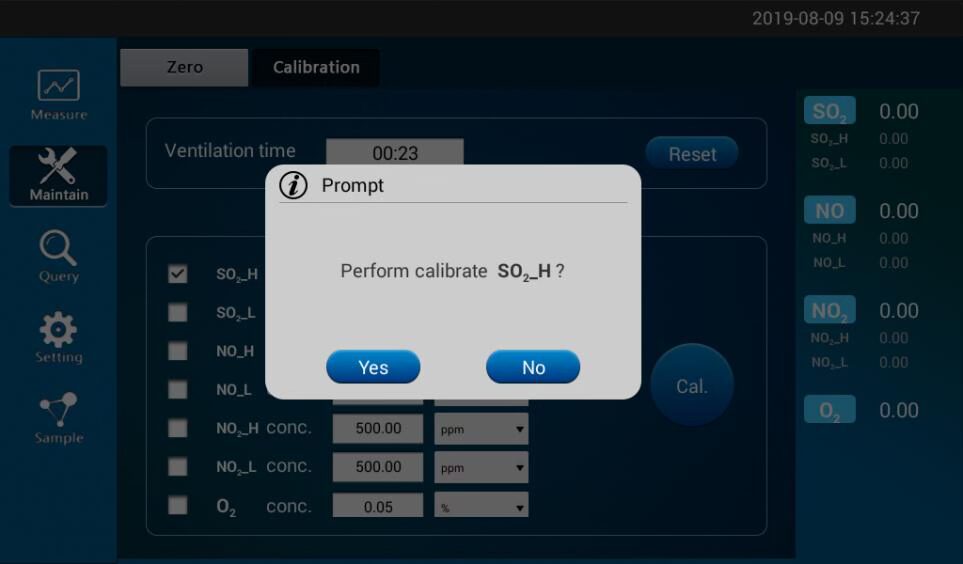
Step 5: Wait about 10s for calibration. If calibrated successfully, there will be a success screen popping up.
Warning:
- Before standard gas calibration, it is necessary to connect standard gas to the “In” port of the host.
- Keep the flow of sample gas at (1.5-2)L/min.
- Only the concentration stabilizes can press “Cal.” Button for calibration.
Conclusion
Regular calibration of flue gas analyzers is essential to ensure accurate emissions data, regulatory compliance, and safe operations. By following a consistent calibration schedule and paying attention to factors like environment, usage frequency, and analyzer type, companies can maintain data accuracy,. extend equipment life, and avoid costly errors and safety risks. This extends equipment life, and avoids costly errors and safety risks.
Adhering to these guidelines not only optimizes analyzer performance but also demonstrates a commitment to regulatory standards and operational excellence.If you have any questions, please get in touch with us and we will respond as soon as possible.




